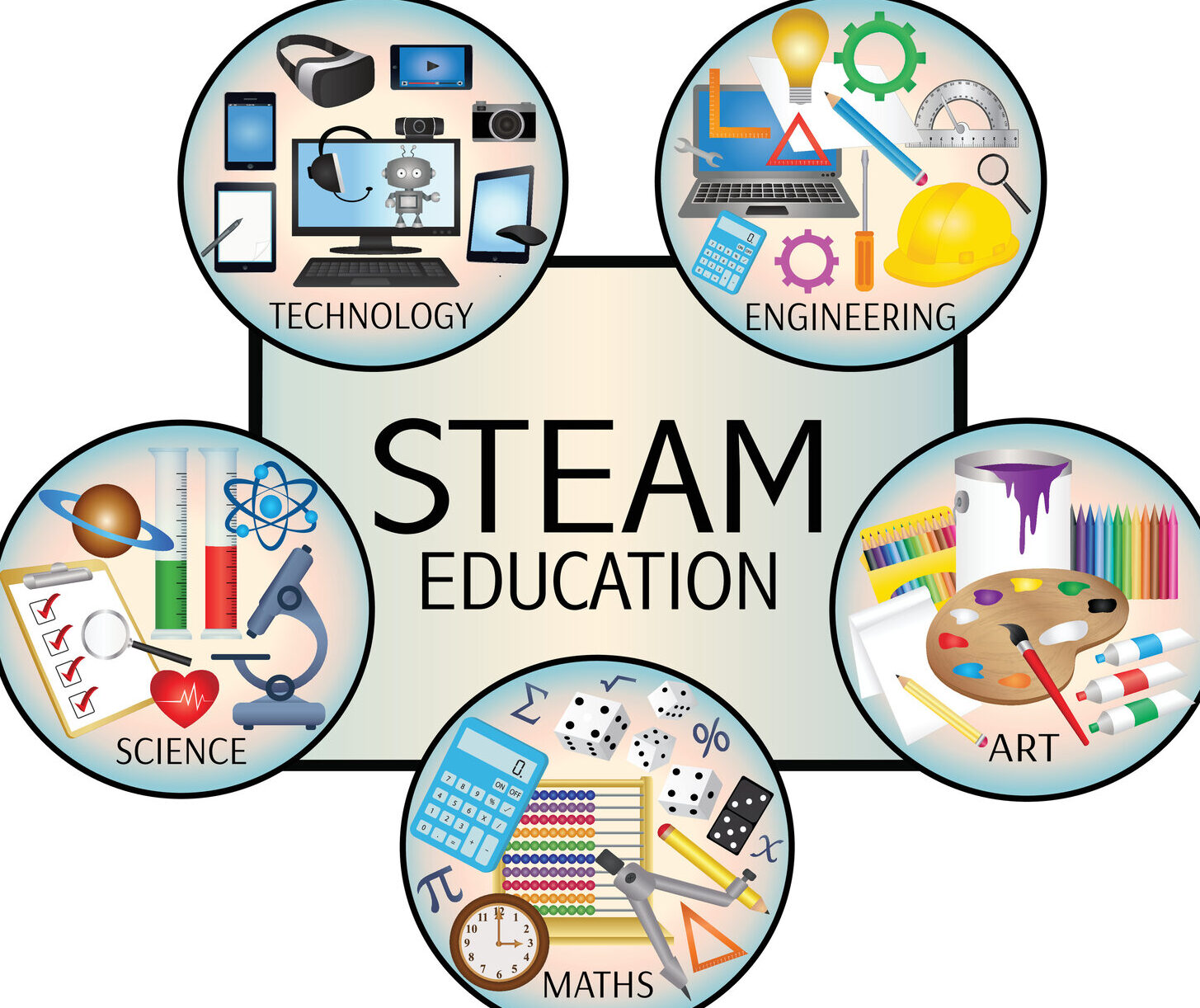The future of education is shifting towards personalized and adaptive learning, which is becoming increasingly important for the next generation of learners. Personalized learning is the process of tailoring education to meet the unique needs and interests of each individual student. This approach recognizes that every student learns differently and at their own pace, and it seeks to provide them with a more customized learning experience. Personalized learning can be achieved through a variety of methods, including technology-based tools and teacher-led instruction. As a result, personalized learning has the potential to improve student engagement, motivation, and academic achievement.
Adaptive learning technologies are a key component of personalized learning, using data analytics and artificial intelligence to adapt the learning experience to the individual needs of each student. Adaptive learning technologies can provide students with real-time feedback, personalized learning pathways, and targeted support. This approach allows students to learn at their own pace, while also being challenged and supported in areas where they need it most. As a result, adaptive learning technologies have the potential to improve student outcomes and bridge the achievement gap.
The benefits of personalized and adaptive learning are numerous, including increased student engagement, motivation, and academic achievement. As we move towards the future of education, personalized and adaptive learning will continue to be a major trend. With the help of technology, educators will be able to provide students with more personalized learning experiences, allowing them to learn in a way that suits their individual needs and interests. As a result, students will be better equipped to succeed in the ever-changing world of work, where adaptability and lifelong learning are becoming increasingly important.
The use of virtual reality and immersive technologies in education
Virtual reality and immersive technologies are becoming increasingly prevalent in the education sector. Advancements in technology have made it possible to create highly immersive and interactive experiences that can enhance the learning process. Predictions for the future of education suggest that virtual reality and immersive technologies will play a significant role in reshaping the classroom. The rise of VR in education is transforming the way we learn, creating new opportunities for immersive and engaging learning experiences. As such, it is essential to explore the potential applications and benefits of these technologies in education.
Virtual reality and immersive technologies have a wide range of potential applications in education. For example, they can be used to simulate real-world experiences, such as exploring historical sites or practicing medical procedures. They can also be used to create interactive and engaging learning experiences, such as virtual field trips or simulations of scientific experiments. Additionally, virtual reality and immersive technologies can be used to enhance accessibility for learners with disabilities, providing them with new opportunities to engage with the material. As such, the potential applications of these technologies in education are vast and varied.
The benefits of virtual reality and immersive technologies in education are numerous. These technologies can help to increase engagement and motivation among learners, as well as improve information retention. They can also provide learners with a more personalized and interactive learning experience, allowing them to explore concepts in a more hands-on and experiential way. Additionally, virtual reality and immersive technologies can help to bridge the gap between theory and practice, providing learners with opportunities to apply their knowledge in real-world scenarios. As such, the benefits of these technologies in education are clear, and they are likely to play an increasingly important role in the future of learning.
The rise of online and distance learning
Online and distance learning have become increasingly popular in recent years, with the rise of the internet and new technologies making education accessible anytime and anywhere. The Online College Students 2019 survey conducted by Learning House found that 74% of undergraduate students were enrolled in at least one online course. The COVID-19 pandemic has also accelerated the shift towards online and distance learning, with eLearning becoming more inclusive and cooperative to facilitate quicker and more efficient learning. As technology continues to advance, online and distance learning will likely become even more prevalent in the future of education.
The accessibility of online and distance learning has many benefits, including the ability to access education from anywhere and at any time. This is particularly beneficial for individuals who may not have access to traditional educational institutions or who have other commitments, such as work or family, that make attending classes in person difficult. However, there are also potential drawbacks to online and distance learning, such as the lack of face-to-face interaction with instructors and peers, which can make it more challenging to build relationships and engage with the material. As with any form of education, it is important to weigh the pros and cons to determine if online and distance learning is the right fit for each individual learner.
The future of education will likely continue to incorporate online and distance learning, as technology continues to advance and the demand for flexible and accessible education grows. However, it is important to consider how technology can be used to students’ advantage and to teach future generations how to handle the increasing amount of information available to them. As education continues to evolve, it is essential to stay informed about changing trends and resources to prepare students for careers and challenges that do not yet exist.
The incorporation of STEAM (Science, Technology, Engineering, Arts, and Mathematics) education
Incorporating STEAM (Science, Technology, Engineering, Arts, and Mathematics) education into the curriculum is becoming increasingly important for the future of education. STEAM education emphasizes the integration of these five core subjects, allowing students to develop skills that are essential for success in the 21st century. The next generation of learners will need to be equipped with skills that are not only relevant to their chosen fields but also to the rapidly evolving job market. STEAM education provides students with a well-rounded education that prepares them for the future.

The integration of STEAM education into the curriculum involves incorporating real-world applications of these subjects into the learning process. This approach allows students to see the value in using their creativity, explore diverse social elements, and develop essential skills such as collaboration and critical thinking. Technology integration into STEAM teaching and learning is also valued by students and can be beneficial in such environments. As a result, STEAM education not only prepares students for future employment but also equips them with the necessary skills to succeed in a rapidly changing world.
The benefits of STEAM education for the next generation of learners are numerous. STEAM education promotes creativity and innovation, which are essential skills for success in the modern world. It also allows students to develop skills in problem-solving, critical thinking, and collaboration, which are highly valued in today’s job market. The Biden-Harris Administration has recognized the importance of STEAM education and is implementing initiatives to scale equitable, high-quality STEAM education for all students from PreK to higher education. As a result, incorporating STEAM education into the curriculum can provide students with a competitive edge in the job market and prepare them for success in the future.










